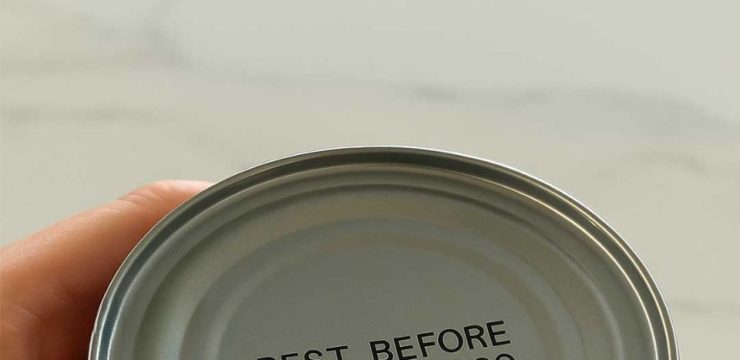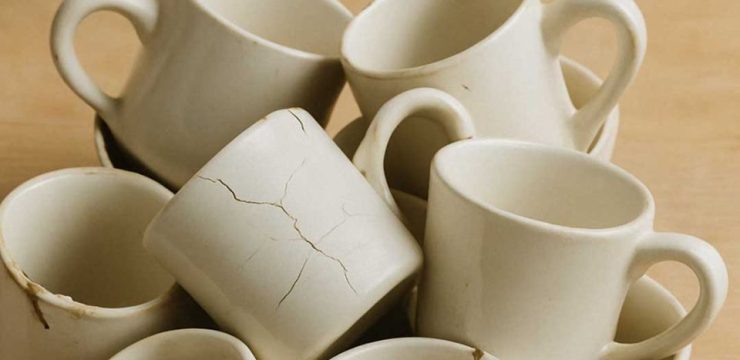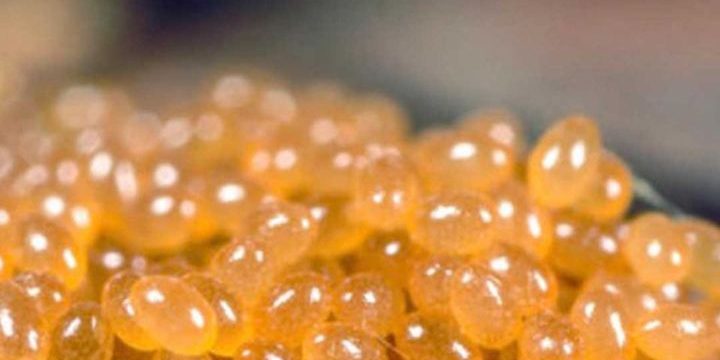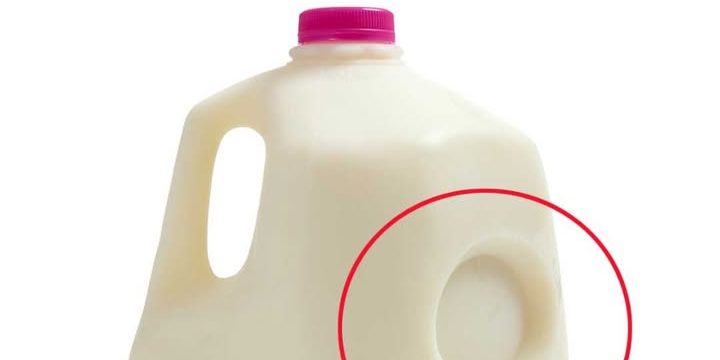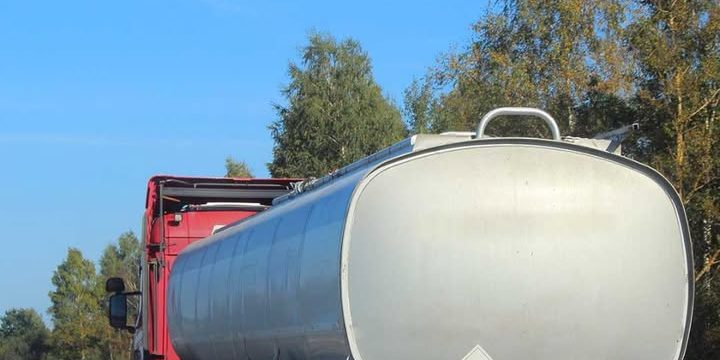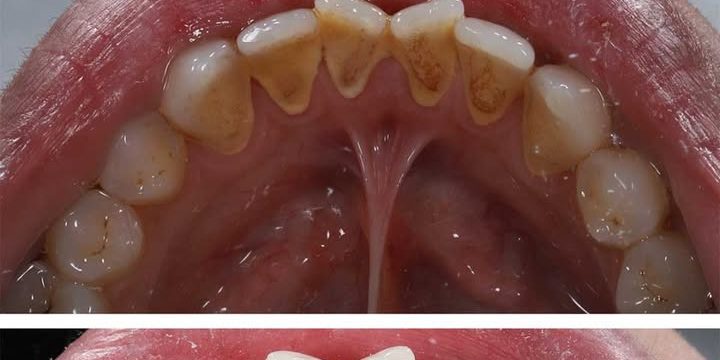Indoor air quality is becoming an increasingly important issue, especially as more people spend the majority of their time indoors. While many homeowners take steps to maintain a clean living space, they often overlook everyday household products that can significantly affect the air they breathe.
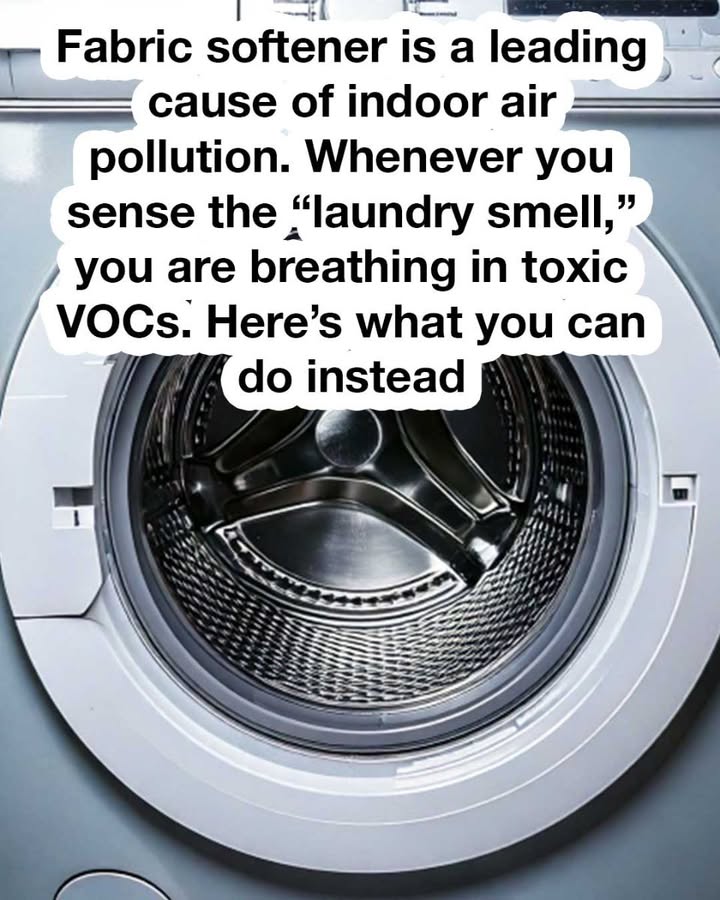
One surprising contributor to indoor air pollution is fabric softeners. These products are widely used to make clothes feel softer and smell pleasant, but they also contain a range of chemicals that can release volatile organic compounds, or VOCs, into the air. Although the “fresh laundry” scent may be appealing, it can actually be a sign that harmful compounds are being emitted into your home. VOCs are carbon-based chemicals that vaporize easily at room temperature, and they’re found in countless consumer products, from paints and cleaning agents to cosmetics and air fresheners.
When inhaled, VOCs can irritate the eyes, nose, and throat and may lead to more serious health issues with long-term exposure, including damage to the liver, kidneys, and central nervous system. Some VOCs, such as formaldehyde, benzene, and toluene, have been classified as carcinogens. Understanding how VOCs work and where they originate is key to identifying and eliminating indoor air pollution sources, especially in homes where vulnerable individuals such as children or elderly adults may be affected more severely. Fabric softeners release VOCs through both the washing and drying processes.
These products often contain synthetic fragrances and chemicals that become airborne when clothes are agitated and exposed to heat, particularly in dryers. The pleasant scent that many people associate with clean laundry is often a cocktail of synthetic fragrance compounds, which are not required to be disclosed individually on product labels. In addition to VOCs, some fabric softeners include quaternary ammonium compounds, which have been associated with respiratory and skin irritation. In poorly ventilated homes, the buildup of these substances in the air can be especially problematic. The laundry smell people enjoy is not necessarily a sign of cleanliness—it’s a blend of synthetic fragrances meant to mask odors.
When clothes are dried, especially using high heat, these chemical compounds volatilize and disperse into the air, contributing to poor indoor air quality. While the scent might be pleasant, it can signal that your home’s air contains harmful substances. Several studies have brought attention to the issue of fabric softeners and VOC emissions. One significant study from the University of Washington found that scented laundry products released more than two dozen VOCs, including some classified as hazardous air pollutants under federal regulations. Despite these findings, fabric softeners continue to be sold widely, with limited oversight on the safety of their ingredients for indoor air quality. These studies highlight the need for more public awareness and better regulation of chemicals in consumer products. For those seeking healthier alternatives, there are safer ways to achieve soft and fresh-smelling laundry. Wool dryer balls are a natural option that help fluff clothes, reduce drying time, and soften fabrics without releasing harmful chemicals. Adding a half cup of white vinegar to the rinse cycle is another effective solution—it helps soften clothing and remove odors naturally. Eco-conscious fabric softeners made from plant-based ingredients and scented with essential oils are also available on the market. These alternatives can reduce your exposure to VOCs while still providing the same laundry benefits. Improving indoor air quality takes more than just changing your laundry routine. Proper ventilation is essential—open windows regularly, use exhaust fans, and keep your HVAC system clean and maintained. Regular dusting and vacuuming can help prevent buildup of pollutants on surfaces. Adding an air purifier with a HEPA filter can further reduce airborne contaminants, including VOCs. All of these steps combined can significantly improve the air you breathe inside your home. In conclusion, while fabric softeners may make your laundry feel softer and smell better, they can also pose hidden risks by contributing to indoor air pollution. The VOCs and other chemicals they emit have been linked to a variety of health issues, especially with repeated or long-term exposure. Fortunately, there are natural, safer alternatives that can replace conventional fabric softeners without compromising on effectiveness. By becoming more informed about the products you use and taking simple steps to ventilate and clean your home regularly, you can protect your health and create a cleaner, more sustainable indoor environment. Making mindful choices benefits not just your well-being but also the environment, promoting a healthier lifestyle for you and your family.
